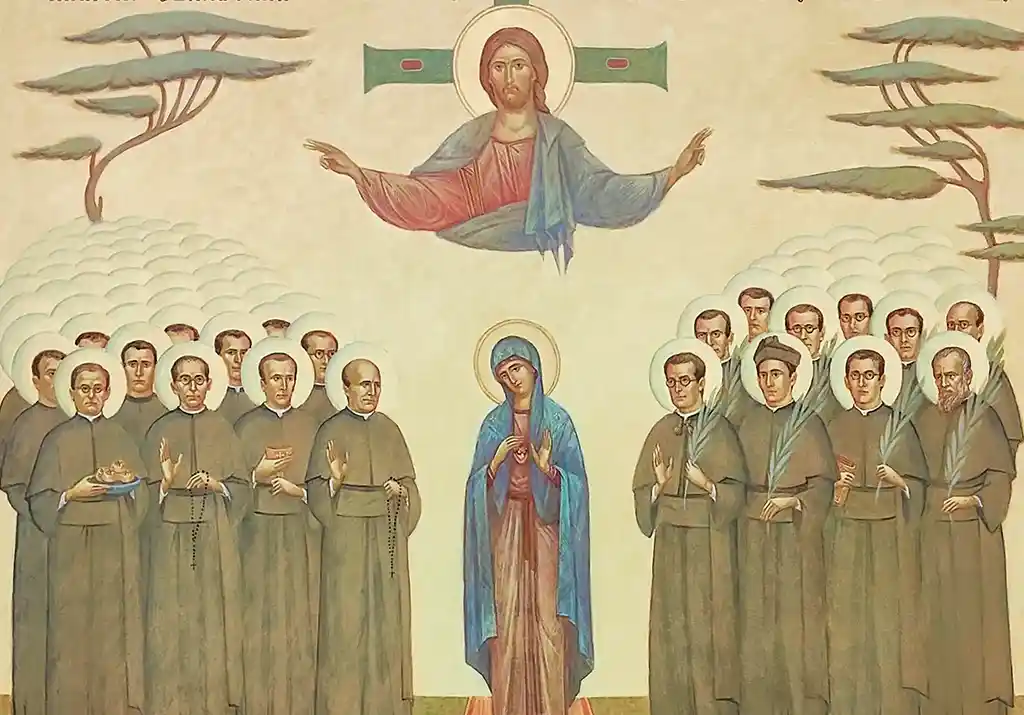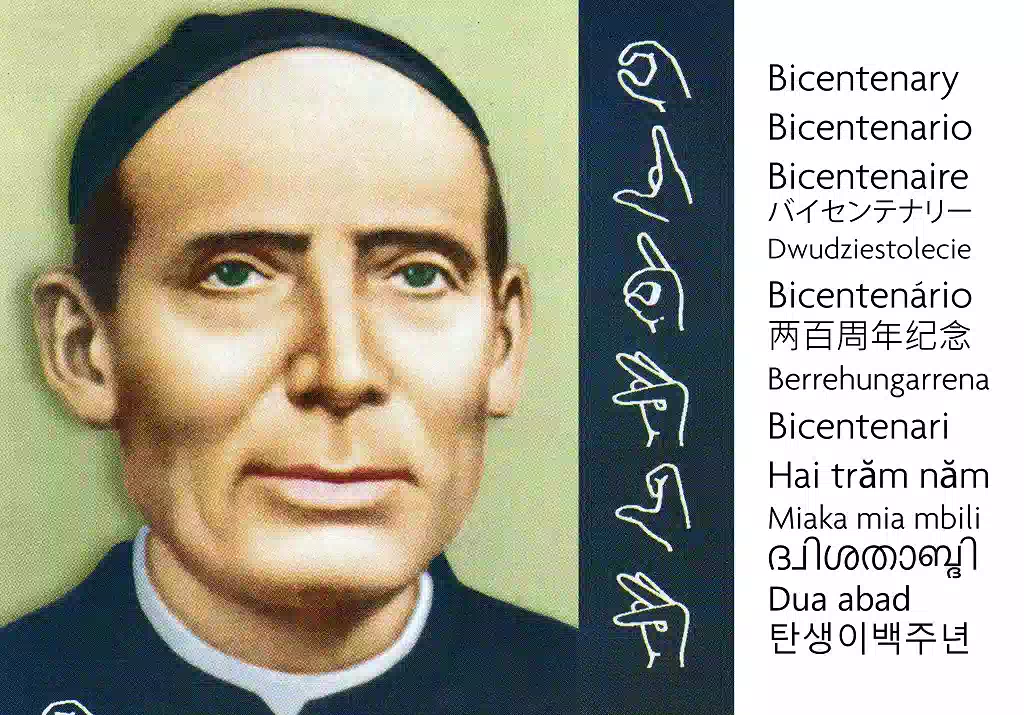Spain. We take from the newspaper Alto Aragón (March 11, 2008) a report signed by Ángel Huget, which we offer to our visitors.
Claretian Publications of Madrid has brought to light the third edition of the work “This is our blood. Martyr Claretian Seminary. Barbastro, 1936.” The author, Gabriel Campo Villegas, incorporated new testimonies and finished the corrections of the book a few days before his death, in September of 2007. The two previous editions are sold out, since this has been the most successful work in the literary path of the missionary from Barbastro.
In this work he reflects the real events around the Claretian Martyrs beatified by John Paul II (1992) as told by faithful witnesses who saw and heard them. “If anyone thinks them excessive, I am not to blame, the events are,” according to the author.
The prologue is by Fernando Sebastián, archbishop emeritus of Pamplona, who advices “the calm reading of this book” whose contribution describes as “the main course of the excessively sickly sweet menu of the contemporary Spanish Catholicism. In saying this I am not moved by any sense of criticism or disqualification of anything or anyone,” he adds.
He thinks that the book is written “with an obvious intention of veracity and sobriety that makes it almost laconic” and also that the readers “will be questioned by the facts, moved by the integrity of the martyrs, by the luminosity of the testimonies and by the supernatural greatness of the witnesses.”
Gabriel Campo manifests in the previous reflection: “the testimonies about the Claretian missionaries Martyrs of Barbastro are impressive,” “the first hand documentation, the eyewitnesses, the declarations under oath of men and women who saw and heard their words, the repeated forgiveness to their enemies, to their executioners, their slow, inexorable Calvary” are overwhelming.
The author is based on witnesses of one and the other side, “Catholics and anarchists, human beings that remember those days of July and August of 1936 as a nightmare of horror and faith,” after talking with them, who were residing (then) in Barbastro, Zaragoza, Barcelona, Paris, Montauban, Yugoslvia and Mexico.
The work includes documentation and complementary stories to complete that of “thirty major seminarians, aged 22 to 24, too young to foresee -so close- the frozen breathing of death, who arrived to the railway station of Barbastro, their last destination.” Their remains are exposed in the Museum of the Claretian Martyrs of Barbastro, inaugurated on August 13, 1993, visited by 4,000 persons during 2007.








